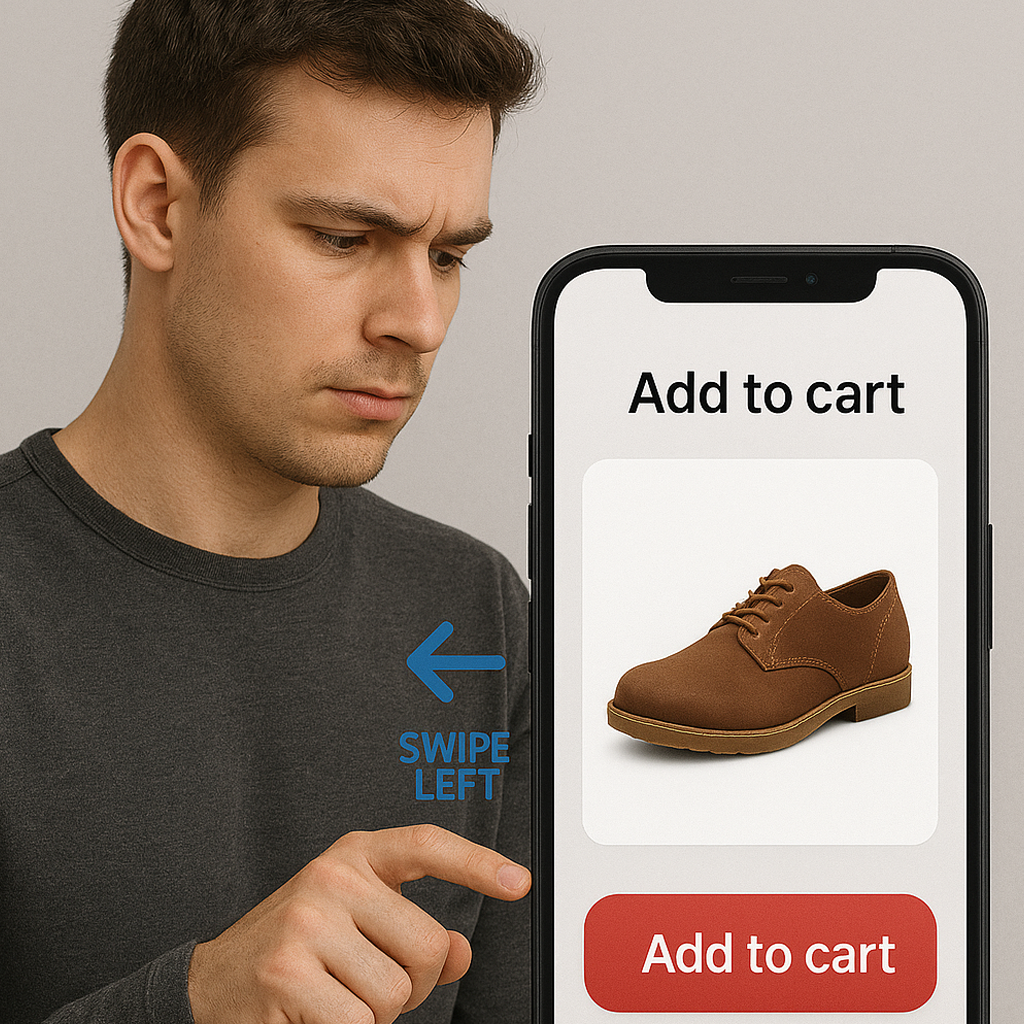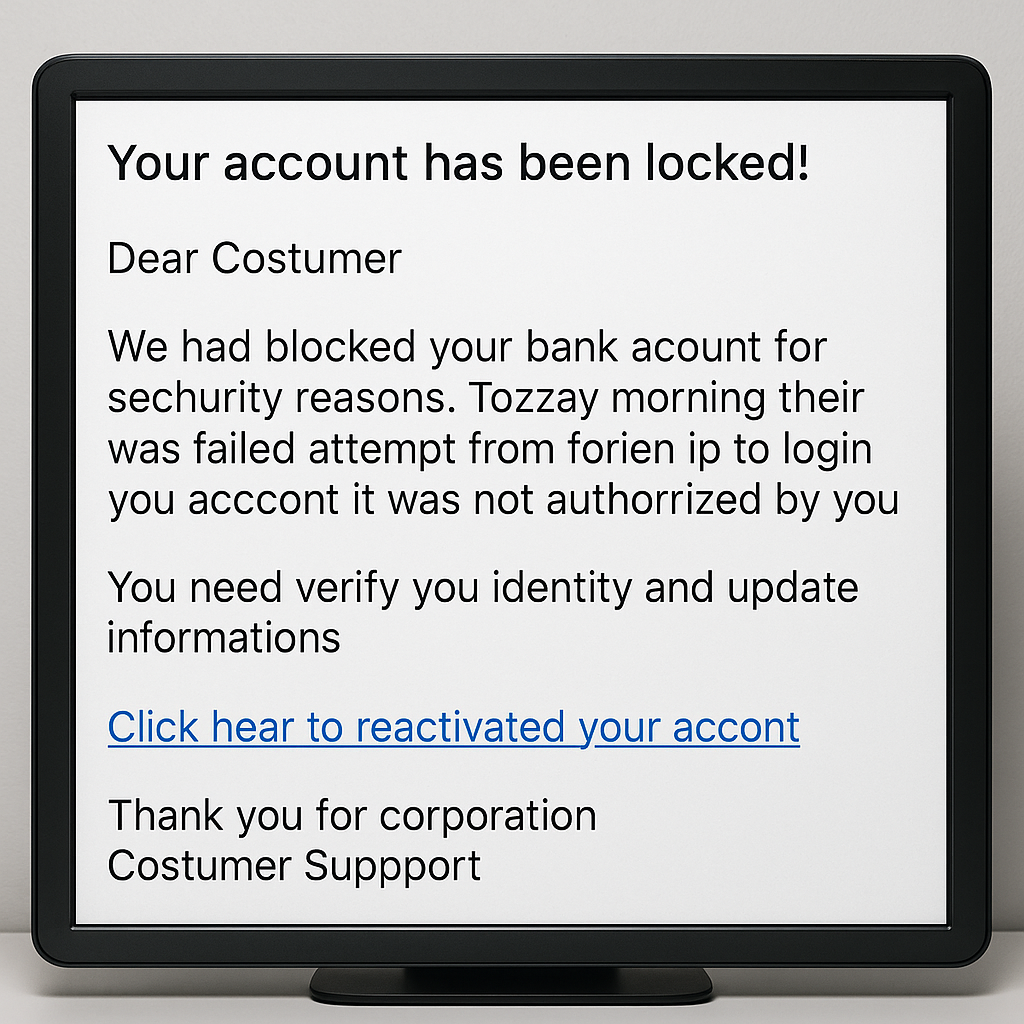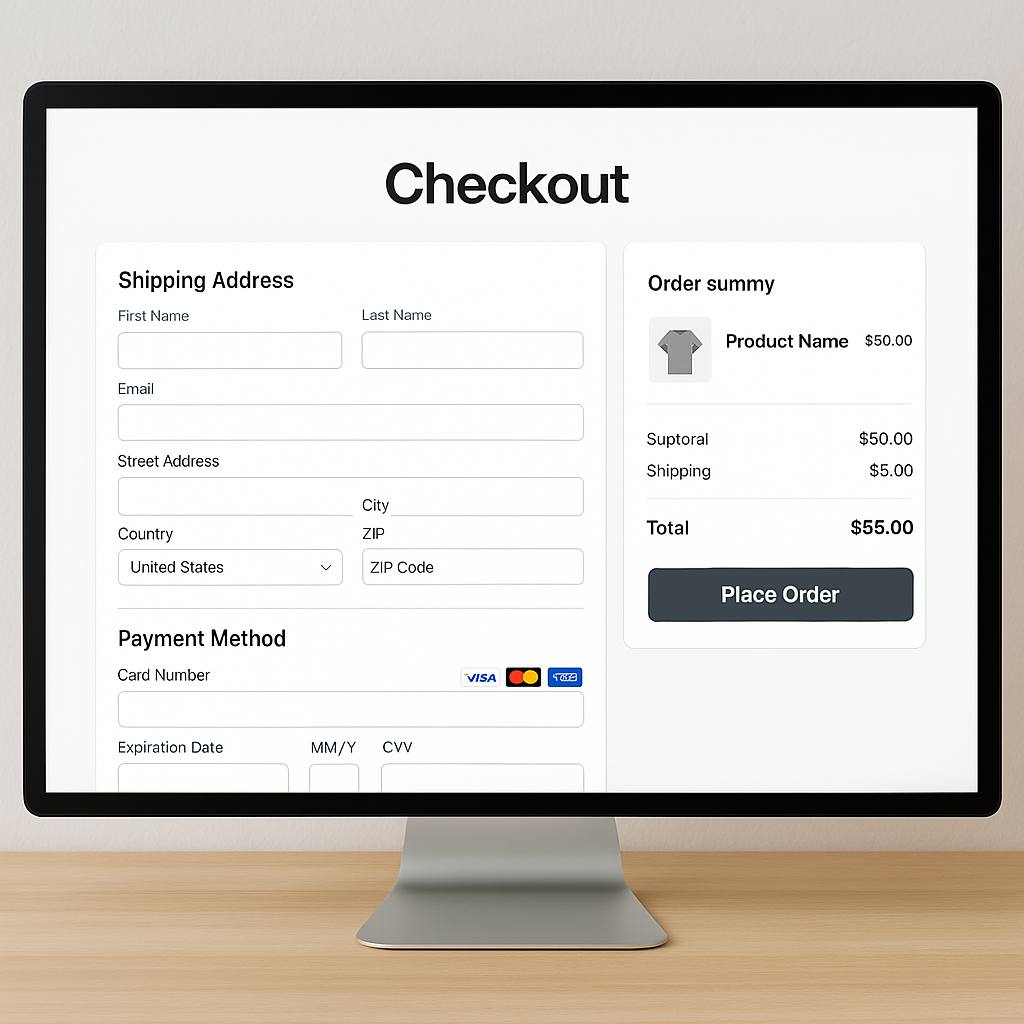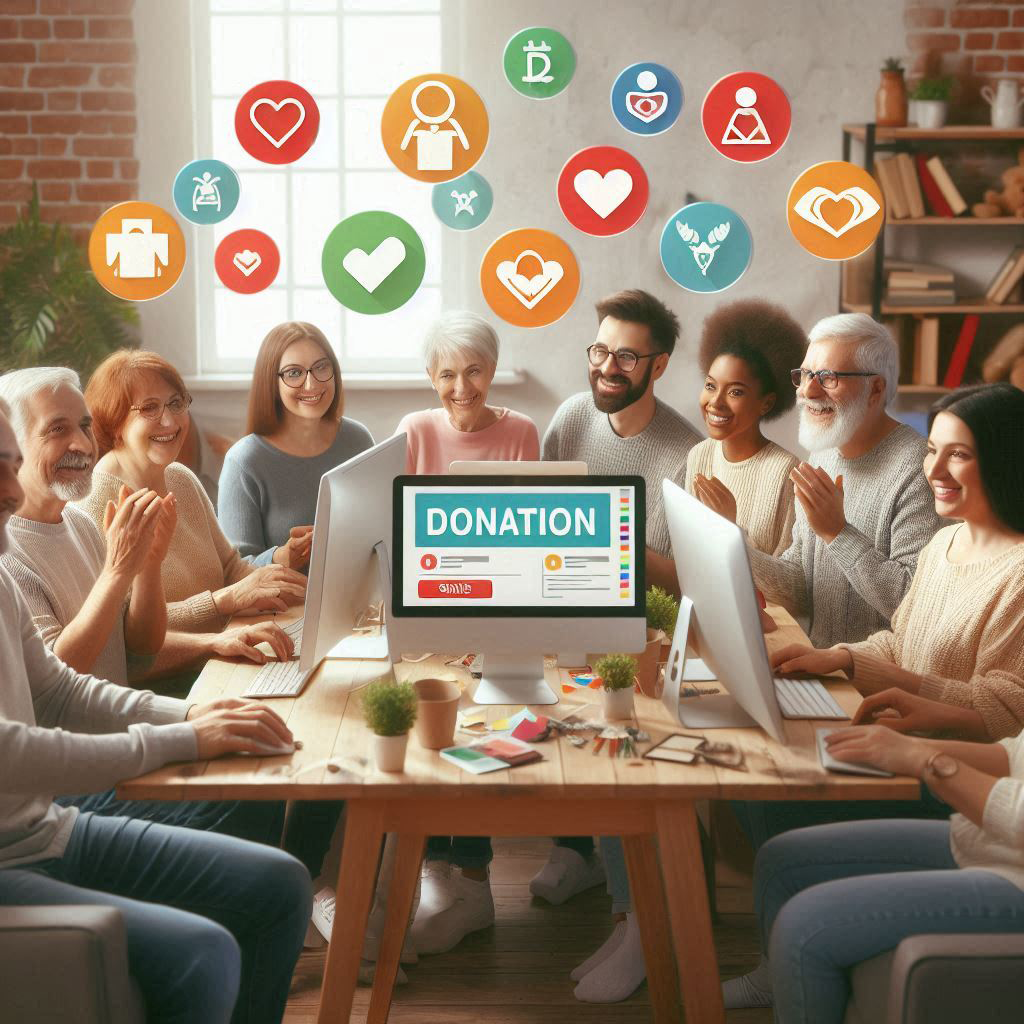Remember the days when collecting stamps was all the rage? Those tiny bits of paper, each telling a story, carefully placed in albums, giving you that undeniable thrill of... postal prowess? Well, welcome to the 21st century, where stamps have gone digital, and the world of collecting has taken a wild leap into the blockchain with Non-Fungible Tokens (NFTs)! Get ready to dive into a world where your doodles can turn into dollars and your pixels into profit.
What on Earth Are NFTs?
NFTs, or Non-Fungible Tokens, are like those rare stamps or baseball cards—but digital. They represent ownership of a unique item or piece of content on the blockchain. Think of it as a one-of-a-kind digital certificate that says, "Hey, this digital doodle is mine, all mine!" Unlike cryptocurrencies like Bitcoin, which are interchangeable (one Bitcoin is always worth the same as another Bitcoin), NFTs are unique. Each NFT has its own distinct value, kind of like a snowflake, but, you know, less melty.
NFTs are powered by blockchain technology, which ensures their authenticity and ownership. This decentralized ledger records every transaction, making it impossible to alter or counterfeit NFTs. So, while you can't physically hold an NFT, you can proudly display it in the digital realm, knowing it's one-of-a-kind.
From Cat Memes to Crypto Art
Believe it or not, NFTs can be anything digital—art, music, tweets, videos, virtual real estate, and even virtual cats! Yes, you heard that right. Remember the famous Nyan Cat? Someone bought an NFT of it for almost $600,000. Celebrities and artists like Beeple, Grimes, and even Twitter's Jack Dorsey have jumped on the NFT bandwagon, selling digital creations for eye-popping sums. So, whether it's a digital doodle, a meme, or a digital masterpiece, if it's unique and digital, it can be an NFT.
Why NFTs Are the New Stamps
Much like those beloved stamps of yore, NFTs have become a collector's dream. They're rare, they tell a story, and they can be incredibly valuable. Imagine having the digital equivalent of the Inverted Jenny or the Penny Black—except instead of a misprinted airplane or the first-ever stamp, you're collecting virtual art pieces and animated GIFs. The allure is real, and so is the excitement of discovering and owning something truly unique in the digital world.
How to Get Started with NFT
Ready to jump into the digital doodle madness? Here's a quick guide to get you started:
- Step 1: Get a Digital Wallet: Just like you'd need a place to store your stamps, you'll need a digital wallet to store your NFTs. Popular wallets include MetaMask, Trust Wallet, and Coinbase Wallet. These wallets will allow you to interact with NFT marketplaces and securely store your tokens.
- Step 2: Buy Some Cryptocurrency: NFTs are typically bought and sold using cryptocurrencies, most commonly Ethereum (ETH). You'll need to purchase some ETH from a cryptocurrency exchange like Coinbase, Binance, or Kraken. Once you have your ETH, transfer it to your digital wallet.
- Step 3: Choose an NFT Marketplace: There are several NFT marketplaces where you can buy, sell, and trade NFTs. Some of the most popular ones include OpenSea, Rarible, and Foundation. Explore these platforms to see what's available and what tickles your fancy.
- Step 4: Start Collecting: Now comes the fun part—browsing, bidding, and buying! Find digital art pieces, virtual collectibles, or any other NFTs that catch your eye. Remember, just like with stamps, the value of an NFT can vary, so do your research and choose wisely.
- Step 5: Showcase Your Collection: Once you've acquired some NFTs, you can showcase your digital doodles in virtual galleries or on social media. Flex your collection and let the world know you've joined the ranks of modern collectors!
The Economics of NFTs
NFTs have created a new economy where digital artists and creators can monetize their work directly. In the past, artists often faced challenges in proving ownership and preventing unauthorized reproductions of their digital creations. NFTs solve this problem by providing verifiable proof of authenticity and ownership on the blockchain. Additionally, smart contracts can be programmed into NFTs, allowing creators to earn royalties every time their work is resold—ensuring a steady stream of income.
The Environmental Impact
One of the concerns surrounding NFTs is their environmental impact. The process of minting and transacting NFTs on the blockchain requires significant computational power, leading to high energy consumption. However, the industry is actively exploring more sustainable solutions, such as transitioning to energy-efficient blockchain technologies like Ethereum 2.0 and Layer 2 solutions. As the NFT space evolves, it's essential to consider and address these environmental challenges.
The Future of Digital Collecting
As NFTs continue to gain popularity, the world of digital collecting is only going to get more exciting. Who knows? Maybe one day, your digital doodle collection will be worth a fortune, and you'll be the envy of all your friends. Beyond collectibles, NFTs are expanding into various sectors, including gaming, virtual real estate, and even virtual fashion. Imagine owning unique in-game items, digital properties, or one-of-a-kind virtual outfits—all secured on the blockchain. The possibilities are endless, and the digital future is looking bright.











